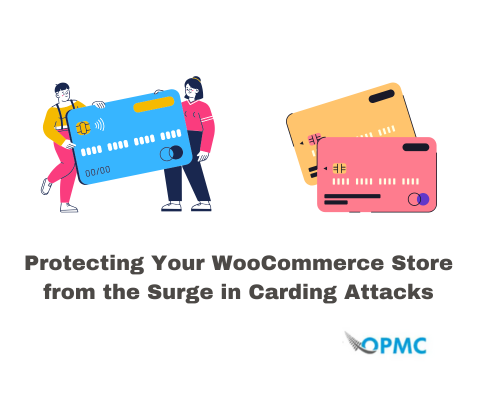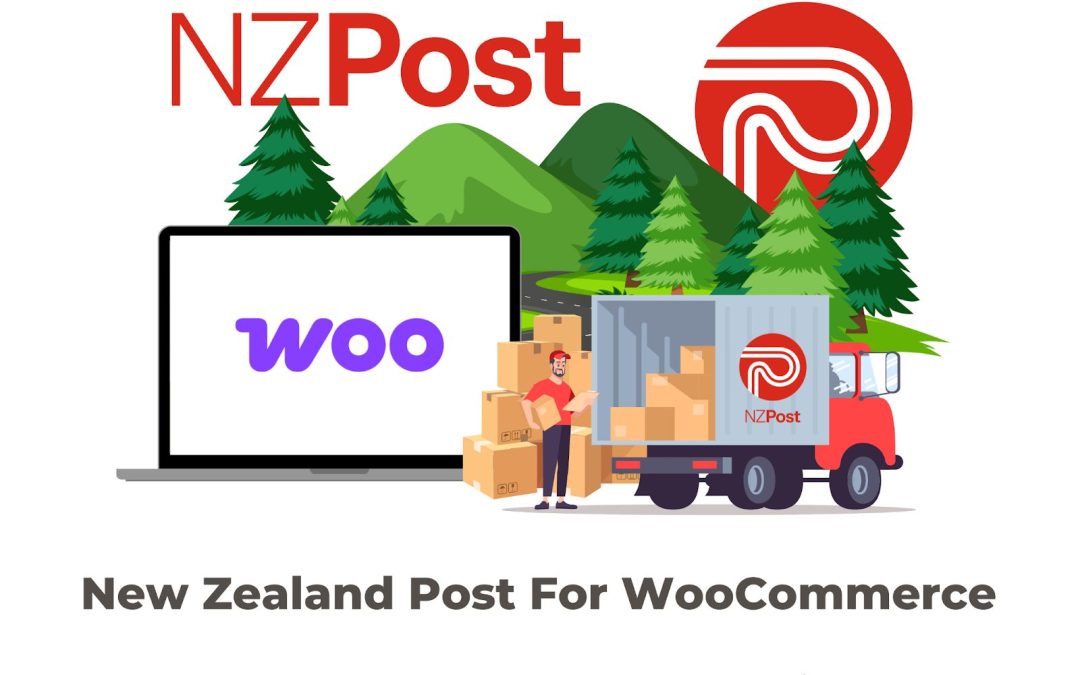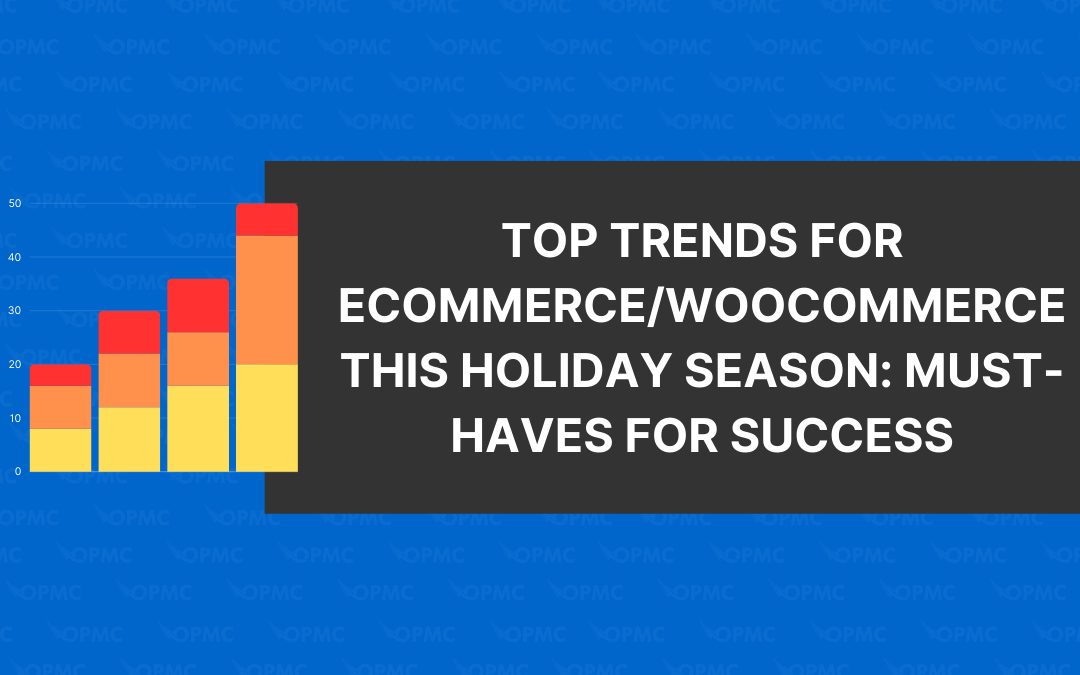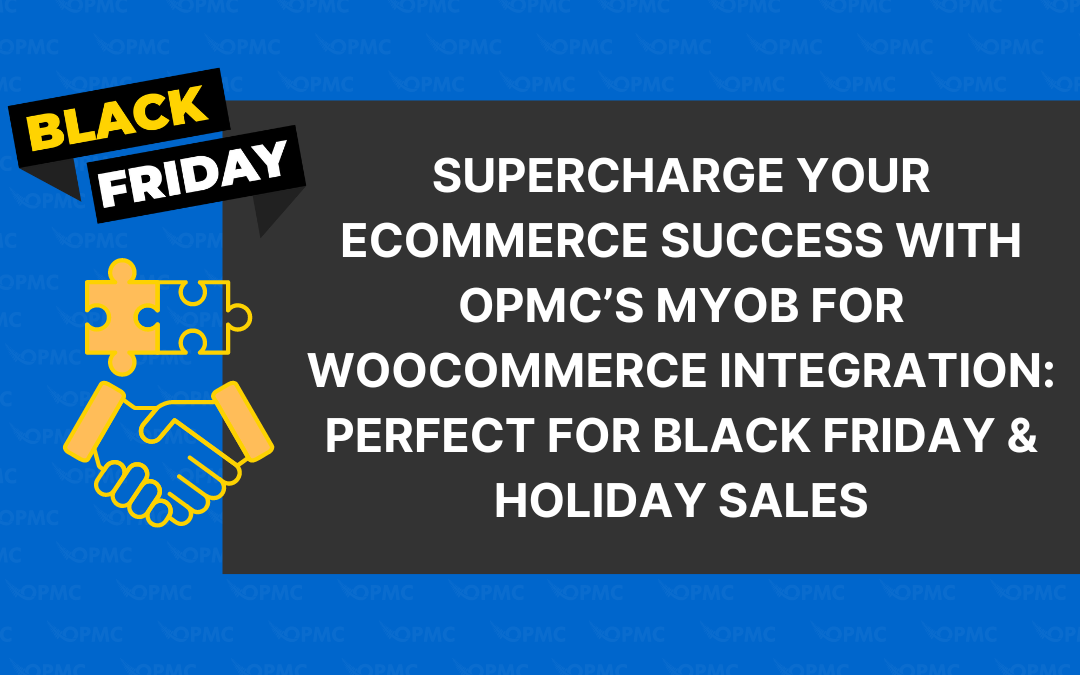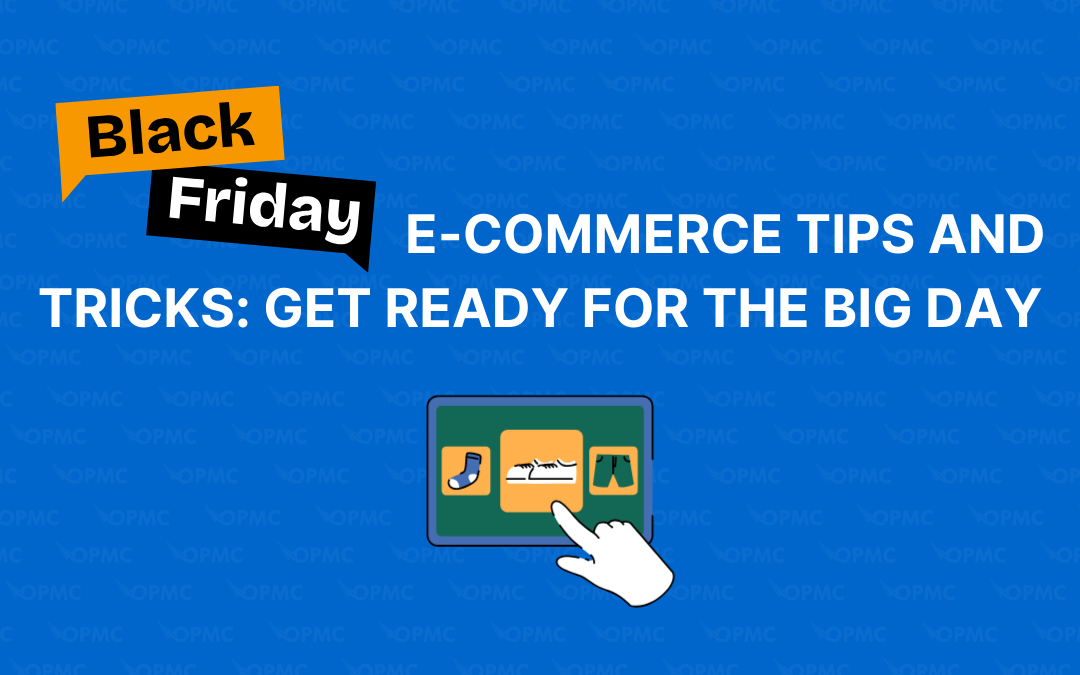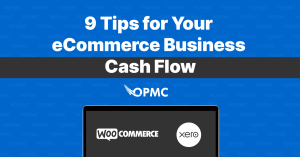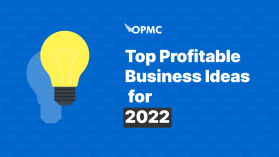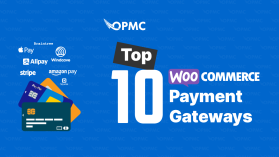In the past few years, ecommerce has been a hot topic. With more and more people shopping online, there’s no better time than now to get ahead of the game. But with so many eCommerce trends out there, it can be challenging to know which ones are worth considering for your business. While some may fade away in a few months or even weeks after they’ve taken off, others will stand the test of time and become an integral part of your strategy for years to come.
So what are these trends? Let’s take a look at the most important ones coming up—and what they mean on an industry level for ecommerce operators and owners.
The Top Ecommerce Trends of 2022
1 – Omnichannel Selling
Omnichannel selling is the ability to sell across multiple channels. It can be used to increase sales and reduce costs. It’s also a great way to improve customer service, create brand awareness, and increase customer loyalty.
Selling through multiple channels means that you have the opportunity to reach your customers in more ways than one. You can use one-to-one marketing tactics on social media or email campaigns, drive traffic from Google Adwords into your ecommerce store, and even advertise on TV or radio if you have enough brand awareness at this point in time.
The possibilities are endless because there are so many different ways of reaching out to people these days (and those methods change all the time).
2 – Personalized Consumer Experiences
For years, ecommerce has been focused on serving customers as quickly and efficiently as possible. Yet, in a world where things can change so fast, brands need to be able to serve their customers in an entirely different way.
In 2022, personalized customer experiences will become the norm for most online retailers, with companies that don’t adapt losing out on significant sales opportunities.
Your favourite stores are already doing this:
- Amazon recommends books based on your previous purchases.
- Walmart suggests products based on what you usually buy from them.
- Best Buy uses your browsing history to suggest TVs that might interest you.
These dynamic product recommendations will become standard practice across all shopping channels—from social media ads to emails sent directly from the retailer’s site—because they’re effective at encouraging conversions while reducing cart abandonment rates.
3 – User-Generated Content Integration
User-generated content (UGC) is information created by users of a website and shared with others online. UGC can be in the form of reviews, images, and videos. It’s a great way to promote your brand and increase sales.
Integrating UGC into your product pages will not only boost engagement but also help build trust between you and the customer. This can be done by adding an option for customers to share their experiences on various social media platforms such as Facebook or Instagram or review websites like Trustpilot or Google Local Reviews.
4 – Automation & AI in Ecommerce
You may not have heard of it, but automation and AI are already being used in ecommerce. Automation can help with things like inventory management and customer service.
For example, if a customer orders one product out of stock, the system will automatically send them an email telling them about the item’s availability.
AI can be used to generate personalized product recommendations based on what customers have previously purchased from your store or browsed at other sites that are part of your loyalty program (such as Amazon or Walmart).
You can even use AI to analyse customer interactions with each other on social media platforms—if one person makes a negative comment about your brand online, this could trigger another user who follows you on Instagram to make similar comments about their own experience with your company (which could damage its reputation).
Using these two technologies together can help streamline all aspects of running an ecommerce business.
5 – Chatbots & Customer Service
Chatbots are the future of customer service. It’s that simple.
Having a live chat with a brand is revolutionary but can also be time-consuming and impersonal. Chatbots can solve this problem by providing a proactive way for your customers to interact with your brand and allow them to get their questions answered faster than ever before.
Chatbots can also be used proactively to find and solve problems before they occur—for example, if someone hasn’t added their payment method yet and is about to checkout without paying for an item in their cart, a chatbot could recommend adding another payment method so that there’s no risk of them not being able to complete their purchase at checkout (and thus leaving).
6 – Social Media & Influencer Marketing
Influencer marketing is partnering with an influencer (a person with a large social media following) to promote your brand. This is a great way to reach your target audience, as influencers can have millions of followers across multiple social media platforms, including Facebook, Twitter, and Instagram.
They’re also more likely to buy from brands they trust and have been loyal to for some time. Influencers are often everyday people with big hearts for helping others and spreading positivity in the world—they’re not all celebrities.
7 – AR & VR Shopping
Augmented reality (AR) and virtual reality (VR) technology are becoming more widespread across retail stores.
Some retailers are already experimenting with AR/VR technology in their stores today. Target’s “Project Cool” lets customers see how certain products would look on them before buying them. Sephora uses a mobile app called “Magic Mirror” that allows customers to virtually try on makeup. Walmart has partnered with Microsoft to create an augmented reality shopping experience inside its stores through HoloLens glasses.
The point is there are ways to use this technology, even for a small mom-and-pop ecommerce online store.
8 – Sustainable Options
If you can, go green. There are plenty of options for sustainable packaging and shipping, and one of the most important is how you ship your products. You’ll want to consider the best way to deliver your products so that they arrive safely, intact, and on time.
Younger demographics feel a better brand loyalty to companies that embrace eco-friendly and sustainable packaging, sourcing, and operations. Even something as small as donating $1 of every sale to an organization helping to improve the environment can pay back dividends tenfold.
9 – Flexible Payment Methods & Crypto
You may have heard of the term “crypto” before, but you might not know exactly what it means. Cryptocurrencies are digital currencies that operate independently from central authorities and banks. They’re currently growing in popularity as they provide a convenient way to pay online without having to deal with financial institutions.
Cryptocurrencies allow users to send payments between peers anywhere in the world instantly and at a low cost, with no need for third-party oversight or approval. The most popular cryptocurrency is Bitcoin (BTC).
You want numerous safe and secure payment methods for your online business. That should include credit cards, PayPal (or something similar), and possibly crypto.
Wrapping it Up
The world of ecommerce is a fast-growing industry that’s expected to expand over the next decades. It can be challenging for businesses to keep up with all the trends and changes in this space, but it’s important that they do so in order to stay competitive and profitable.
That is why our team at OPMC stays up to date on the latest trends affecting our clients in the ecommerce space. We work with businesses of all sizes that utilize platforms like Shopify, WooCommerce, BigCommerce, and Magento. Our goal is to craft highly beneficial apps, extensions, and plugins that boost your online business sales potential and customer engagement.
Feel free to explore our current offerings or schedule a meeting with our team to develop a solution customized to your unique needs and challenges. We look forward to helping you grow in 2022 and beyond!

